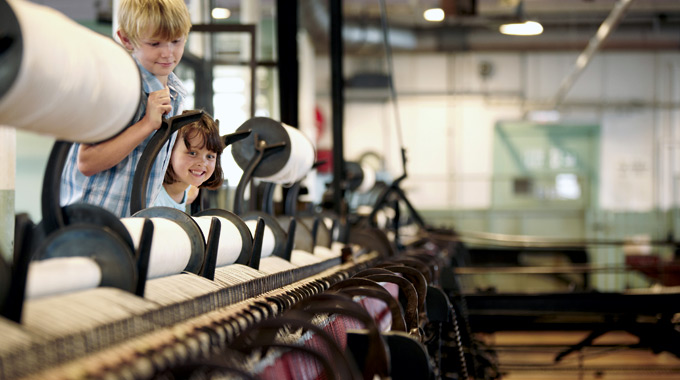
And while the 20th century saw leatherworking dwindle due to cheaper foreign products swamping the market, some old brands still survive: Dent’s has been producing butter-soft gloves since 1777, including those worn by The Queen at her coronation; her ancestor Queen Victoria scribbled her thoughts in a Smythson leather-bound manuscript; while Jackie Onassis commissioned Tanner Krolle, now specialists in sturdy luggage and handbags. Other great luggage makers were Alfred Dunhill, who moved from saddlery to the automobile industry, and Papworth, whose exquisite luggage recalls the great days of rail travel. For chic accessories, there are Ettinger’s sumptuous wallets and purses – with surprising flashes of colour inside – plus relative newcomers Cherchbi, Bill Amberg, Aspinal and Knomo, who blend a solid leatherworking expertise with contemporary designs. Family-run Mulberry is a true British success story, still operating out of Somerset but on an international scale. Also for handbags, the witty retro Lulu Guinness and chic Anya Hindmarch dominate, with recently established Safor offering a range of off-the-peg or bespoke handbags from ethically sourced materials. In the fine jewellery market, jewels arrived through Amsterdam or Rotterdam to be set by Asprey, Garrard, Mappin & Webb, Boodles and Backes & Strauss. Theo Fennell and Tateossian continue to raise the bar with modern designs.
Fragrance and cosmetics
Many British brands are holding their ground, even in fields that are dominated by foreign names. The French and Italians have historically cornered the market in perfumes and soaps, for example, with a few British exceptions. One example is Floris, who first opened its doors in the 1730s, selling perfume and shaving products to discerning Londoners, including Beau Brummell. Potter & Moore was founded in the 1740s by two ‘physic gardeners’; while Woods of Windsor was a small 1700s apothecary in the shadow of the Windsor Castle that was relaunched during the 1970s after a hoard of old fragrance recipes were discovered. Other well-established brands include Bronnley and Penhaligon’s, whose founder was Court Barber to Queen Victoria during the 1860s. The past 50 years has seen a resurgence of quality brands that reflect our growing interest in natural ingredients, so Neal’s Yard Remedies, Aromatherapy Associates, OSKIA, Crabtree & Evelyn, Miller Harris, Cowshed and REN produce natural unguents and fragrances – along with the two British skin and body superbrands, Jo Malone and Molton Brown, whose products are complemented by exquisite packaging.
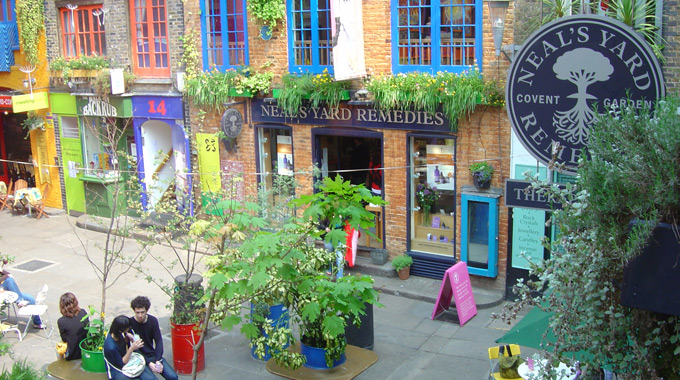
Interiors and home decor
And if the Englishman’s home is his castle, there are plenty of British brands to adorn it. Cole and Son’s wallpapers and Farrow & Ball’s heritage paint colours grace many stately homes; there is hand-crafted furniture by the Queen’s nephew David Linley and stunning furnishing fabrics from Designers Guild. And while dainty Staffordshire bone china and porcelain still thrives, Emma Bridgewater and Cath Kidston are bringing splashes of colour alongside the kitchen favourites of Portmeirion and Denby. A fine table isn’t complete without crystal, courtesy of Royal Brierley, Dartington or William Yeoward, while Arthur Price, William Turner, Carrs or more modernist David Mellor provide cutlery. Fine gift items include hand-painted ceramics by Halcyon Days and Caithness’s prolific paperweights.
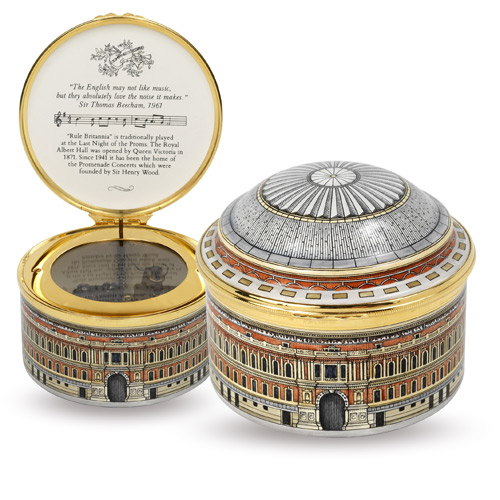
Today people are beginning to value the crafting process again and, as Kate Hills points out, they are “becoming increasingly interested in the way that things are made, where they’re made and why.” It’s a great boost for heritage brands, but also for new ones turning to age-old crafting skills. John Ayton, Founder and Chairman of Walpole’s Brands of Tomorrow, which runs a mentoring programme for up-and-coming new names, agrees. “We’re very clever at creating brands in Britain, and there are a number of young ones that are thriving in a difficult economic climate: Orelbar Brown swimwear, Miller Harris fragrances, Annoushka jewellery and Otis Batterbee for quirky men’s accessories.” He points out that while manufacturing still accounts for around 10 per cent of the UK’s GDP (the financial sector only represents nine per cent), “more will come back to the UK as it becomes increasingly expensive to produce goods overseas”.
Constant high standards is driving Britain’s manufacturing industry forward – and our thriving bicycle producers are great examples: Pashley’s hand-made models; Moulton’s small-wheeled version; Brompton’s clever fold-aways; and every child’s favourite, Raleigh, celebrating its 125th anniversary this year. It’s testament to the fact that quality British brands will still keep adapting to meet our needs.
| << previous page |
Related articles


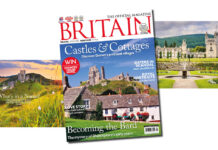
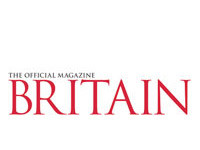


 © 2024
© 2024